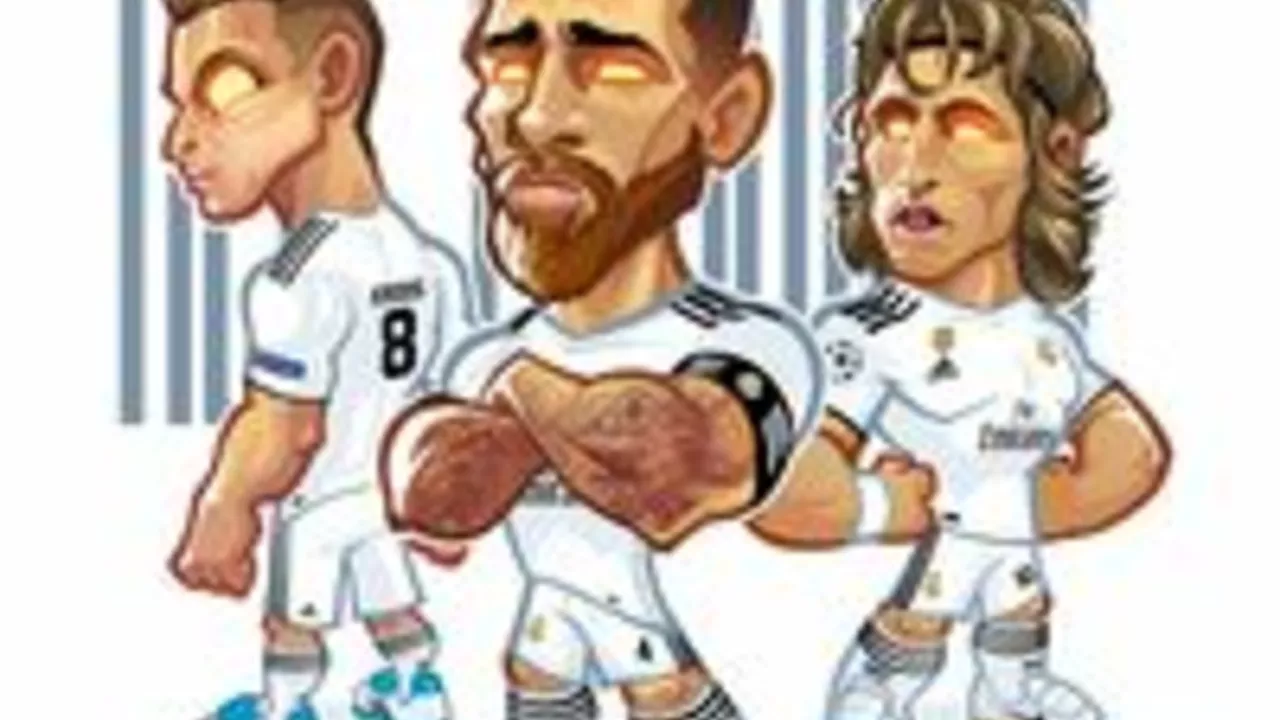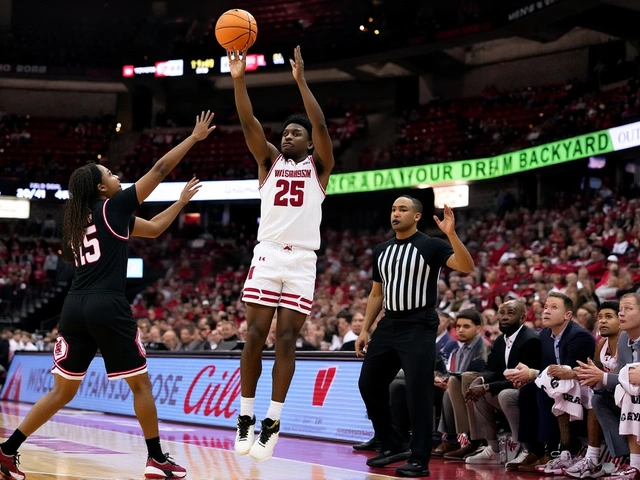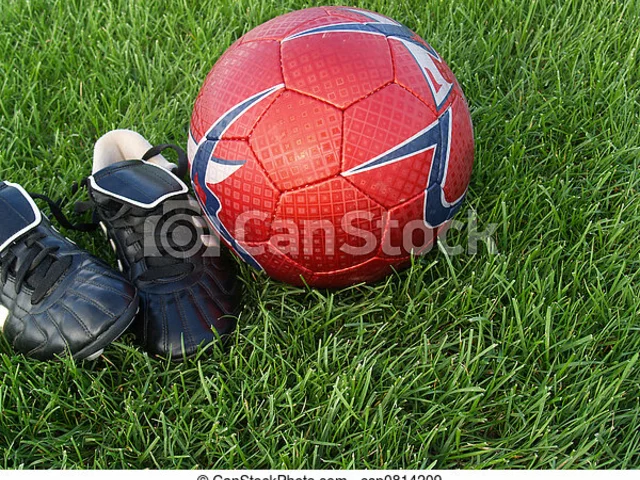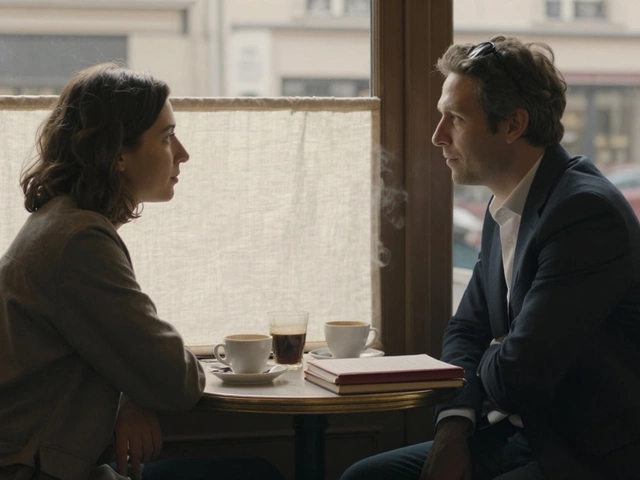
Draw in Soccer: Why Games End in a Tie
Ever watched a match where the final whistle blows and the score stays level? That’s a draw, and it’s more than just a neutral result. In soccer, a draw can change a season, affect a team’s confidence, and even spark debate among fans.
Draws happen for a lot of reasons. Sometimes both sides are evenly matched, other times a defensive game plan is used on purpose. Let’s break down the main factors that lead to a tie.
Common Reasons for a Draw
First, balanced talent. When two squads have similar skill levels, neither can break the deadlock. You’ll see a lot of chances on both sides, but the defense holds firm.
Second, tactical caution. Teams fighting for a championship or trying to avoid relegation often play it safe. They protect a point rather than risk losing by pushing too far forward.
Third, weather and pitch conditions. Wet grass or a heavy ball can slow attacks, making it harder to score. In such games, a single mistake can decide the outcome, and many teams simply stay compact.
Fourth, late‑game fatigue. Players tire, focus drops, and chances dry up. Coaches may swap on fresh legs, but if the risk isn’t worth it, they settle for a draw.
How Draws Affect Teams and Leagues
In league tables, a draw gives each side one point. That extra point can be a lifeline for a team chasing a playoff spot or a safety cushion for a club fighting relegation.
Fans feel mixed emotions. Some enjoy the tension of a close game, while others want the drama of a win. Clubs often use draws as a building block, analyzing what worked and what didn’t.
Betting markets treat draws as a separate category. Because draws are less common than wins, odds can be attractive, especially in leagues where teams are evenly matched.
Statistically, about 25‑30% of matches in top European leagues end in a draw. That number shifts based on playing style, schedule congestion, and even the importance of the fixture.
Coaches adjust their approach after a draw. If a team needs more points, they may adopt a more attacking mindset in the next game. Conversely, a side satisfied with a point might stay defensive.
For the average fan, a draw is a reminder that soccer isn’t always about big wins. It’s about strategy, patience, and sometimes, settling for a shared result.
So next time you see a scoreline like 1‑1 or 0‑0, remember it’s the product of talent balance, tactics, conditions, and fatigue. Draws keep the league tables interesting and give coaches plenty to talk about.
-
31 Jul





